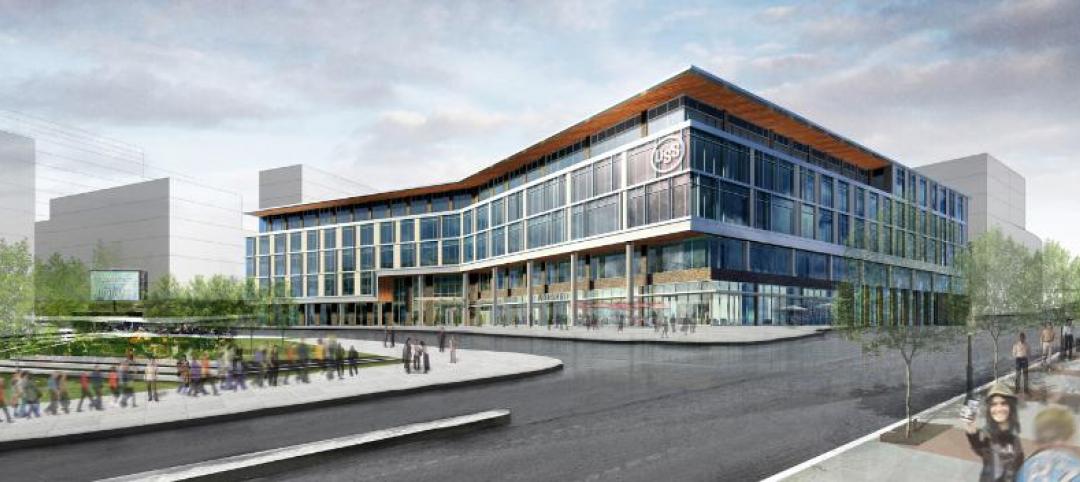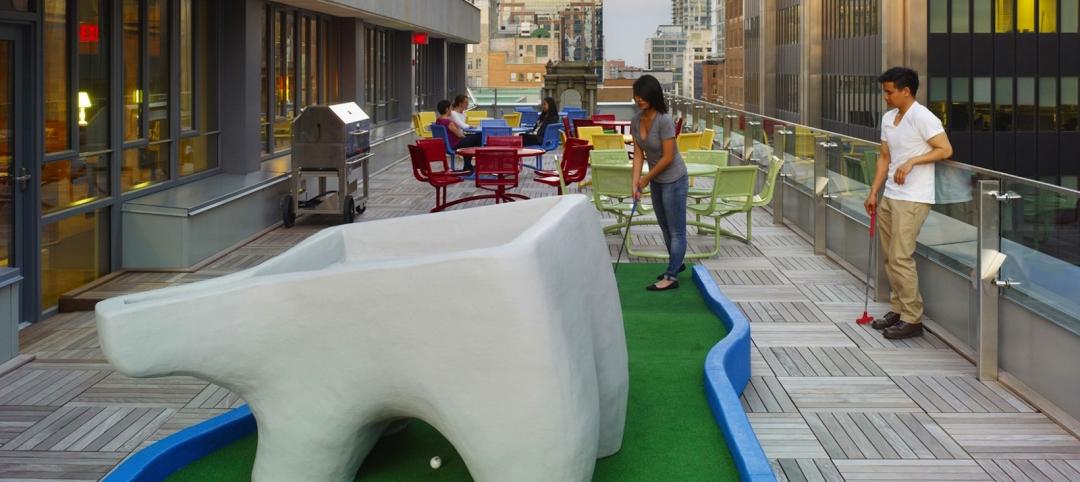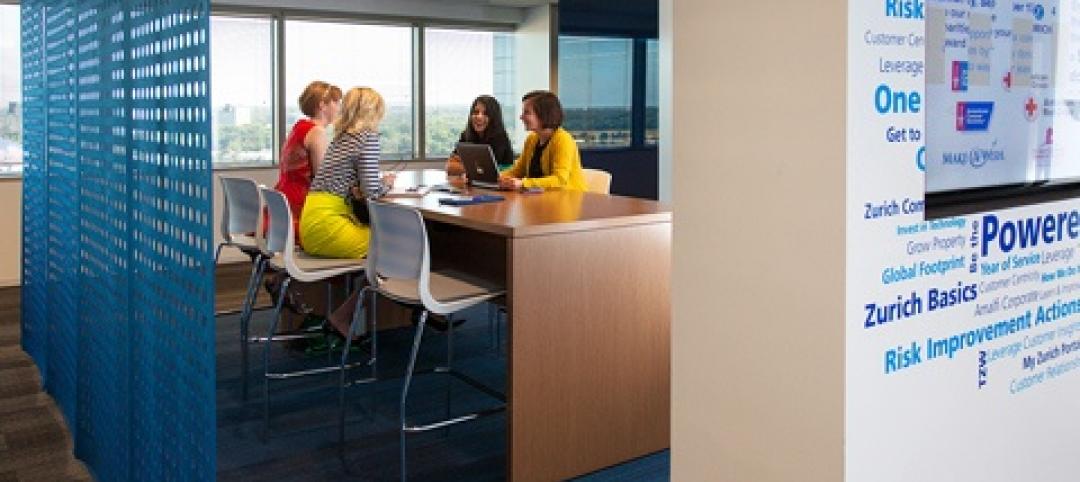The outlook for the commercial real estate industry remains strong despite growing concerns over sluggish job creation and higher taxes, according to a new survey of commercial real estate professionals who attended a leadership conference hosted by NAIOP, the Commercial Real Estate Development Association.
The poll was conducted during NAIOP’s 2015 Chapter Leadership and Legislative Retreat and surveyed over 100 commercial real estate insiders.
Nearly half of respondents indicated that sluggish job growth was a major concern and nine out of 10 indicated that higher capital gains taxes would have some impact on investment and growth, with many saying the impacts could be “severe.”
President Obama’s FY 2016 budget proposal includes a proposal to raise the top tax rate to 28% on capital gains and qualifying dividends for couples with income over $500,000.
Despite concerns over sluggish job creation and higher taxes, 52% projected strong growth in 2015, while 43% saw the industry as remaining stable.
“Our members are optimistic, but sluggish job creation and the looming threat of higher taxes are their main worries right now. Given our industry’s contribution to a durable economic recovery and generating good-paying jobs, we hope Congress and the president will hear this and weigh the serious consequences of a tax hike at this time,” said Thomas J. Bisacquino, president and CEO of NAIOP.
When asked the question “what keeps you up at night?” 27% of respondents indicated that gridlock in Washington was a major concern. “We need strong and consistent policies from Washington that encourage investments in development projects so more Americans can share in our economic recovery,” said Bisacquino.
Related Stories
| Dec 2, 2014
Nonresidential construction spending rebounds in October
This month's increase in nonresidential construction spending is far more consistent with the anecdotal information floating around the industry, says ABC's Chief Economist Anirban Basu.
| Nov 29, 2014
20 tallest towers that were never completed
Remember the Chicago Spire? What about Russia Tower? These are two of the tallest building projects that were started, but never completed, according to the Council on Tall Buildings and Urban Habitat. The CTBUH Research team offers a roundup of the top 20 stalled skyscrapers across the globe.
| Nov 26, 2014
U.S. Steel decides to stay in Pittsburgh, plans new HQ near Penguins arena
The giant steelmaker has agreed to move into a new headquarters that is slated to be part of a major redevelopment.
| Nov 25, 2014
Behnisch Architekten unveils design for energy-positive building in Boston
The multi-use building for Artists For Humanity that is slated to be the largest energy positive commercial building in New England.
| Nov 25, 2014
Study: 85% of employees dissatisfied with their office environment
A vast majority of office workers feel open floor plans cause multiple distractions and that more private spaces are needed in today's offices, according to a new study by Steelcase and research firm IPSOS.
| Nov 24, 2014
Adrian Smith + Gordon Gill-designed crystalline tower breaks ground in southwestern China
Fitted with an LED façade, the 468-meter Greenland Tower Chengdu will act as a light sculpture for the city of Chengdu.
| Nov 18, 2014
New tool helps developers, contractors identify geographic risk for construction
The new interactive tool from Aon Risk Solutions provides real-time updates pertaining to the risk climate of municipalities across the U.S.
| Nov 17, 2014
Hospitality at the workplace: 5 ways hotels are transforming the office
During the past five years, the worlds of hospitality and corporate real estate have undergone an incredible transformation. The traditional approach toward real estate asset management has shifted to a focus on offerings that accommodate mobility, changing demographics, and technology, writes HOK's Eva Garza.
| Nov 17, 2014
Workplace pilot programs: A new tool for creating workspaces employees love
In a recent article for Fast Company, CannonDesign's Meg Osman details how insurance giant Zurich used a workplace pilot program to empower its employees in the creation of its new North American headquarters.
| Nov 17, 2014
Mastering natural ventilation: 5 crucial lessons from design experts
By harnessing natural ventilation, Building Teams can achieve a tremendous reduction in energy use and increase in occupant comfort. Engineers from SOM offer lessons from the firm’s recent work.
















